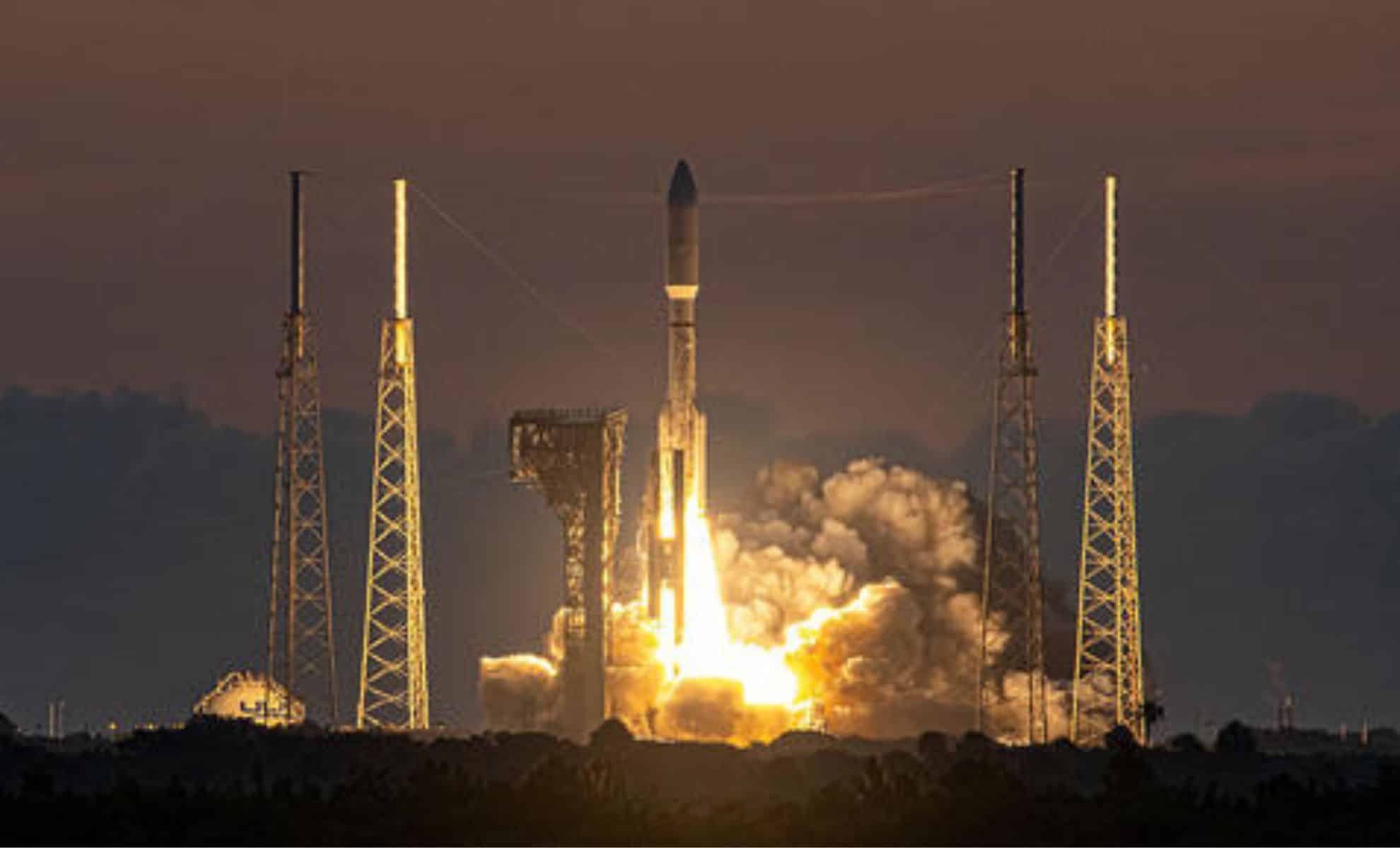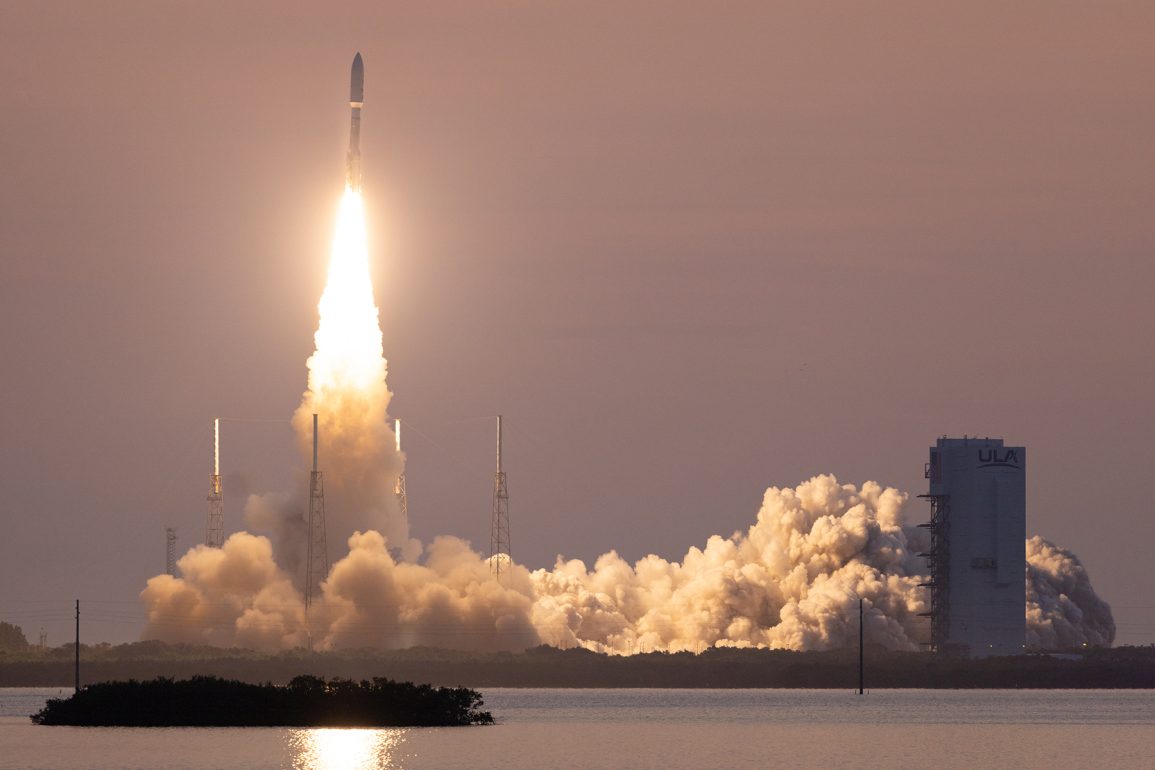United Launch Alliance (ULA) concluded its final Atlas V rocket mission for the US military, marking the end of the Pentagon’s use of Russian RD-180 engines. The launch took place from Cape Canaveral Space Force Station in Florida and successfully delivered a classified payload into orbit.
This mission, designated USSF-51, represents the 101st Atlas V launch since its inception in 2002 and the 58th carrying a national security payload. The rocket’s Centaur upper stage released the payload seven hours post-liftoff into a high-altitude geostationary orbit. Walt Lauderdale, USSF-51 mission director, praised the Atlas V for its reliability and contributions to US national security.
The Atlas V’s use of Russian RD-180 engines dates back to a post-Soviet policy aimed at integrating Russian aerospace capabilities into Western projects. This partnership was intended to prevent Russia’s aerospace talent from migrating to rogue states.
Lockheed Martin, which originally developed the Atlas V, secured the engine arrangement as part of a broader effort to modernize US rocket capabilities in the 1990s. The Air Force selected Atlas V and Boeing’s Delta IV for development, with Atlas V proving to be more cost-effective and ultimately more successful.

In 2006, Boeing and Lockheed Martin formed ULA, dominating the market for large US military satellite launches until SpaceX’s entry in 2018. The geopolitical landscape shifted in 2014 with Russia’s annexation of Crimea, leading to US sanctions and heightened tensions.
These events, coupled with SpaceX’s legal challenge against ULA’s sole-source contracts, began the phase-out of the RD-180 engine. Russia’s 2022 invasion of Ukraine and subsequent export bans solidified this transition, although ULA had already secured sufficient RD-180 engines to complete its remaining Atlas V missions.
The final batch of RD-180 engines was delivered to the US in 2021, with 122 engines exported over the years. The RD-180’s record includes flawless performance on US military launches, with only a minor issue during a commercial launch in 2016. ULA’s inventory of RD-180 engines will support the remaining Atlas V missions, primarily for commercial clients like Amazon’s Kuiper network and NASA’s Boeing Starliner crew spacecraft.
As the US shifts away from Russian engines, ULA is developing the Vulcan rocket, powered by Blue Origin’s BE-4 engines, to replace the Atlas V. The transition was accelerated by congressional mandates in the 2015 National Defense Authorization Act, requiring the Pentagon to move away from RD-180 engines.
SpaceX’s competitive pricing and technological advancements have secured it a significant share of national security launches, further pressuring ULA to innovate with Vulcan.
The Vulcan rocket’s debut test flight occurred in January 2024, with another test scheduled for September. Success in these tests will allow Vulcan to undertake military missions by the end of the year. Meanwhile, Blue Origin’s New Glenn rocket is nearing its first launch, expected later in 2024.
The addition of New Glenn to the launch options will introduce more competition for national security contracts, potentially involving ULA, SpaceX, and Blue Origin in future military satellite deployments.

